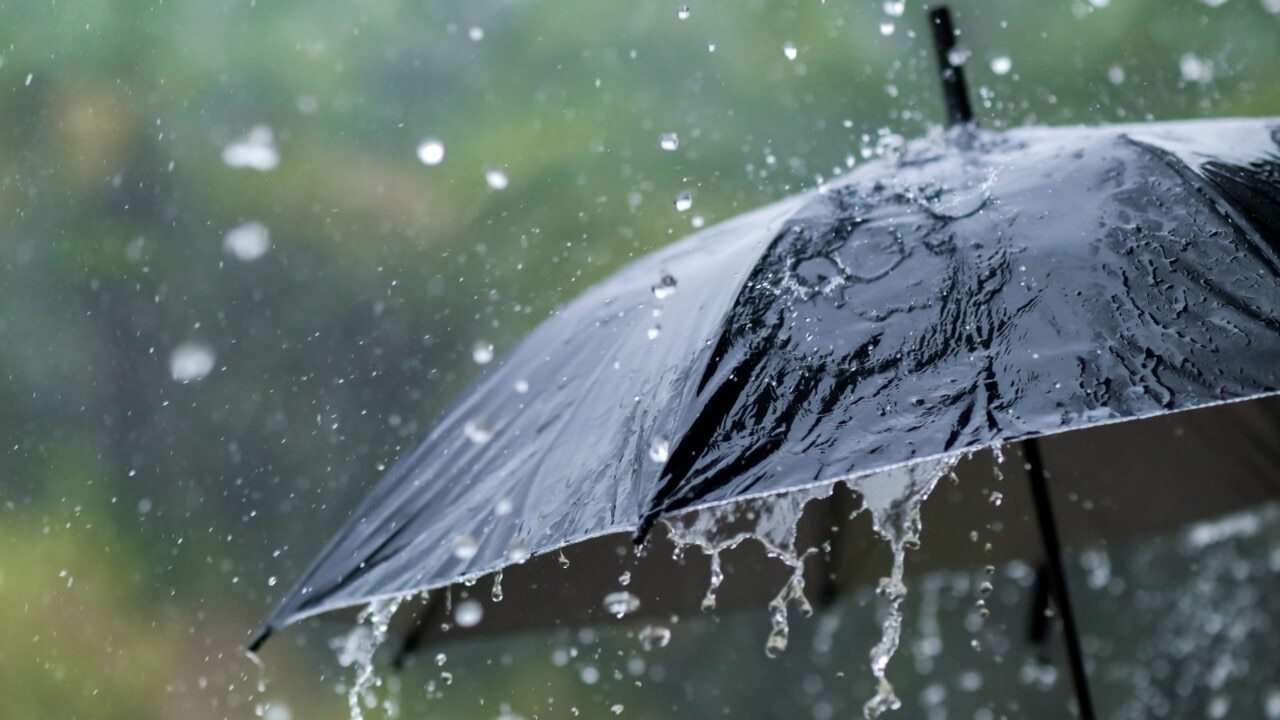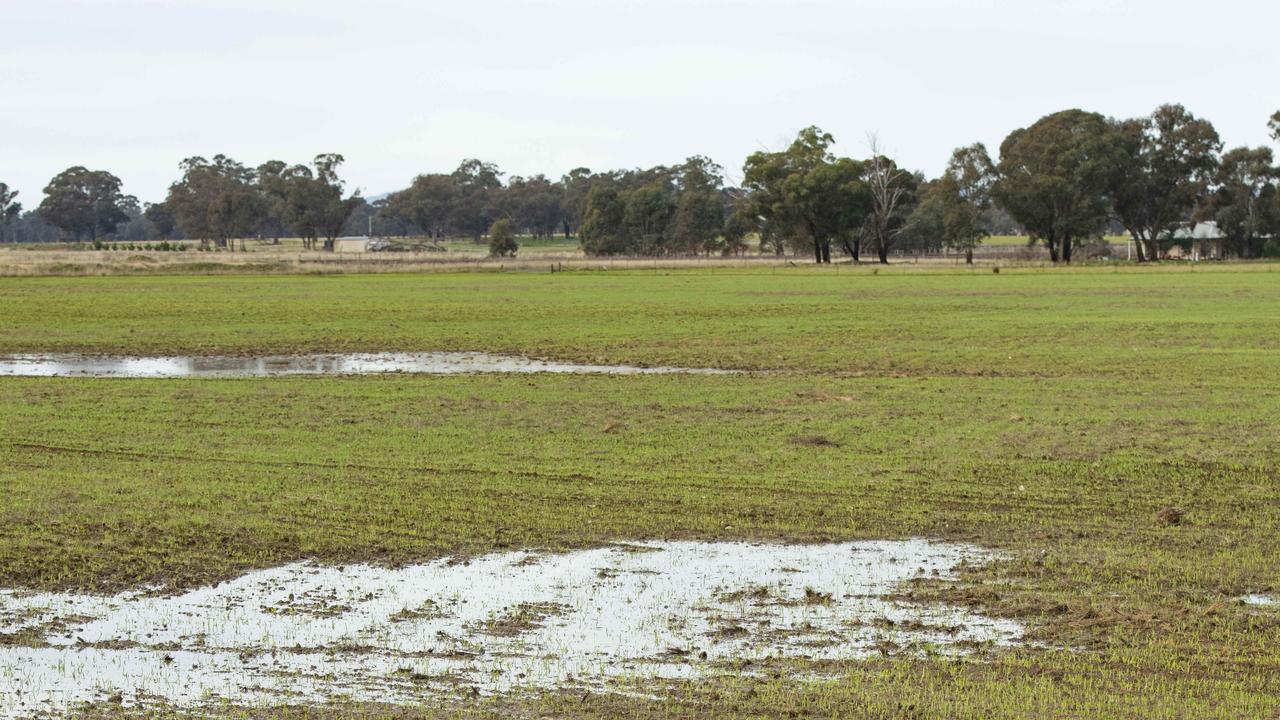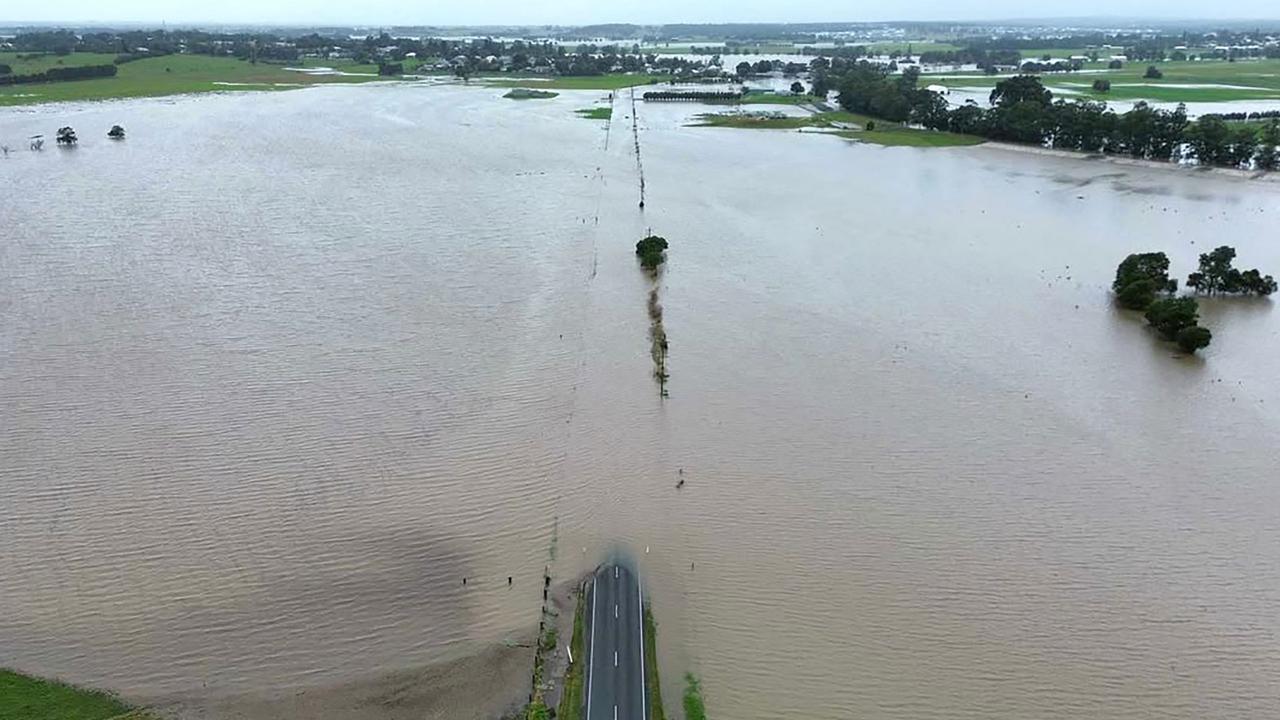Australian rainfall in 2023: Where it did and didn’t fall
Swathes of eastern Australia have defied a drier El Nino weather phenomenon to post a wetter-than-average 2023. See which regions topped the rainfall charts.

Swathes of eastern Australia have defied persistent talk of a drier El Nino weather phenomenon to post a wetter-than-average 2023.
An analysis by The Weekly Times of rainfall statistics from 203 Bureau of Meteorology weather stations located in key agricultural regions across the nation showed 76 recorded an average or wetter-than-average year during 2023.
More than two thirds of centres – 141 – received at least 80 per cent of their average total with 188 recording more than 60 per cent.
At the other end of the scale, four centres recorded less than half their normal rain with one recording just a quarter of the total it normally banks on.
The results follow a variable year for rainfall across Australia with the Bureau of Meteorology coming under fire from farmers due to inaccurate forecasts, which they claim wiped millions of dollars from livestock markets as producers offloaded stock ahead of a predicted dry.
The BOM declared the El Nino on September 19 last year. In its latest forecast, issued on December 19, the BOM said climate model outlooks suggested El Nino was likely to continue into the southern hemisphere autumn.
According to The Weekly Times analysis, the best falls relative to long-term averages during 2023 were in Queensland’s Gulf of Carpentaria region, the West Australian Kimberley Region, southern NSW, northern Victoria and the Northern Territory.
Camooweal in Queensland’s Gulf region headed the list with 179 per cent of its annual average, or 718mm, followed by Broome in Western Australia (174 per cent or 1083mm), Ivanhoe in NSW (160 per cent or 372mm), Julia Creek and Burketown in Queensland (160 per cent and 159 per cent or 741mm and 1237mm respectively).
Rounding out the top 10 centres were Swan Hill in Victoria (156 per cent of average or 468mm), Tennant Creek in the Northern Territory (151 per cent or 704mm), Deniliquin in NSW (145 per cent or 520mm), Normanton in Queensland (143 per cent or 1125mm) and Alice Springs in the Northern Territory (139 per cent or 394mm).
Near Swan Hill, Lake Boga horticulture producer Nathan Free said while last growing season was “horrendous with the rain and the consistency” it was followed by “a drier-than-average winter with enough of a rain front to keep cereal farmers and other croppers happy”.
“But the last six to eight weeks have been ridiculous,” Mr Free said, noting a wet finish to the year in his region which has caused crop production losses.
On the other end of the scale, Carnarvon in Western Australia recorded just 54mm of rain for the year – or a quarter of its average. Leigh Creek in outback South Australia measured 98mm, accounting for 45 per cent of its average.
Other centres to record less than half their normal total included Morowa in Western Australia with 136mm for the year (or 48 per cent of its average) and the NSW beef capital of Casino with 510mm (or 49 per cent).
West Australian grain grower Barry Large said while isolated pockets of the state, particularly in the south, enjoyed some rain early in the season and producers “enjoyed not too bad a season”, the dynamic shifted for the worst the further inland.
“Their finish was not kind,” Mr Large said, describing his season at Miling, 200km northwest of Perth, as “one of the worst that we’ve experienced in my 30-odd years of farming”.
“It’s had a big effect. I know of farmers still in sheep who are carting water for their stock already. We experienced a real boom-to-bust in 2022 to 2023. And I’d like to now forget about 2023.”
Mr Large said despite remaining optimistic in the face of enduring dry conditions, “deep down many people are gutted”.

In 2022, all but a handful of centres recorded a wetter-than-average year, with 14 centres recording more than double their average falls and Nowra in NSW recording almost three times its average 2535mm of rain. As a comparison, Nowra recorded 822mm during 2023 – just shy of its annual average.
During 2022 Camooweal received 611mm, Broome 961mm, Ivanhoe 591mm, Julia Creek 420mm and Burketown 881mm.
Totals during 2023 were boosted by big falls during December, particularly in Queensland and the Northern Territory, as the traditional wet season arrived, but also in Victoria and NSW.
In NSW, the dairy centre of Bega recorded 216mm of rain during December ahead of Inverell (183mm), Condobolin (165mm), Bombala (158mm), Armidale (147mm), Lithgow (146mm) and Cooma (136mm).
The best falls in Victoria during the month included Sale (183mm), Gelantipy (168mm), Kerang (118mm), Lake Eildon (113mm), Yarram (109mm), Swan Hill (107mm), Ballarat (103mm) and Bairnsdale (101mm).
More Coverage
Read related topics:Weather and climate




